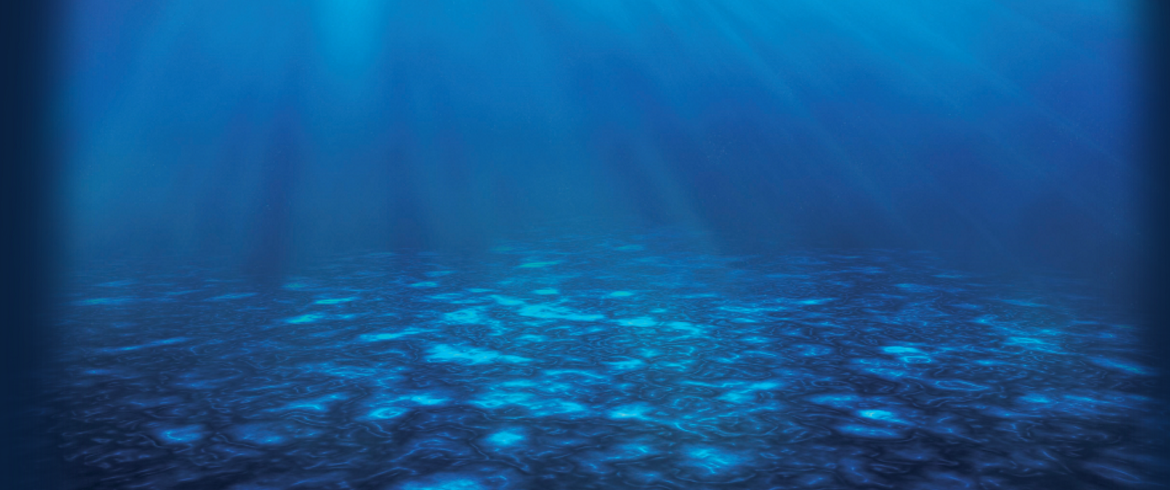What is GIS?
GIS is defined as “A Geographic Information System (GIS) integrates hardware, software, and data for capturing, managing, analysing, and displaying all forms of geographically referenced information.”
In a simpler form, GIS are tools which enable you to look at your data in a spatial context – showing you how your data relates to each other by location. It can reveal relationships, patterns and trends which you may not be able to visualise from a list of numbers.
The saying goes “a picture paints a thousand words” – the same applies to your data – everything is somewhere whether it is a bollard, a building or a fire extinguisher. Being able to see the location on a map (picture) enables you to see where features are in relation to each other.
Why is GIS useful to ports?
Lets take an example, we need to do some maintenance on bollards across a number of jettys so will run a maintenance campaign. Our bollards are listed in numerical order, so if all we looked at was the list and did them in order, this would achieve our goal but possibly not in the most efficient way.
Looking at them on a map labelled with bollard number shows where they are physically, and that the best use of time and resource would be to visit in a different order – 1,2,3,5,6 and 10 for example, are on the same jetty so will be done at the same time.

In a similar way, sediment sampling data which has been collected for dredge campaigns are much easier to understand when shown in map form using pie charts.
In a table we can see that the silt/clay and sand are the largest proportion of the sediment but it is difficult to tell just from a coordinate how they relate to each other.

Showing the same data (direct from an excel spreadsheet) in a map it is easy to see how the different sections of the waterway have different properties and how that may affect dredging needs.

GIS can also help with planning. Being able to visualise where something has happened in the past can help decide where other information may need to be collected in the future, if greater coverage is what is of interest.
The image below shows areas of the river with circles where samples have previously been collected. The user needs to make sure samples are not being taken in exactly the same place as before, but are being collected within the specific area of the river. GIS enabled the user to create points on a map in between the previous samples (the crosses) and instantly get a list of coordinates to supply to the team collecting the samples.

Seeing data on a map can also help identify when there may be a potential error in the data. If the data is supplied as a list of positions, it may not be easy to see that there is an error, but on a map it can be very obvious. The list of features below are shipwrecks on the sea floor. One set of coordinates has a clear error – difficult to see in the list – easy to see on the map.

Summary of key benefits
- Easier to understand the data you have
- Everything is somewhere so it can be put on a map
- Discover relationships between data that you didn’t know existed
- Templates and layouts to make repeated maps consistent and easy to produce
- Don’t need to be an expert to do the basics
- Helps data management
- Can provide easy ways to share the data with others in a way they understand
- Identify data errors
How can OceanWise help?
We have been delivering GIS Training for over 10 years and have helped many of our Port customers to get the most out of their systems. We are a trusted source for all sorts of GIS and Data Management training and can offer introductory, intermediate and bespoke training.
We can help you explore how GIS might save you time and money and ensure that your data is in the right format so that it can be used in GIS. We can also build one-off maps for projects.
For more information, to discuss your needs or if you have any questions around GIS or how we can help, please contact us.
Please find some customer case studies under the ‘Compliance’ section of our Case study page.
Back to News




